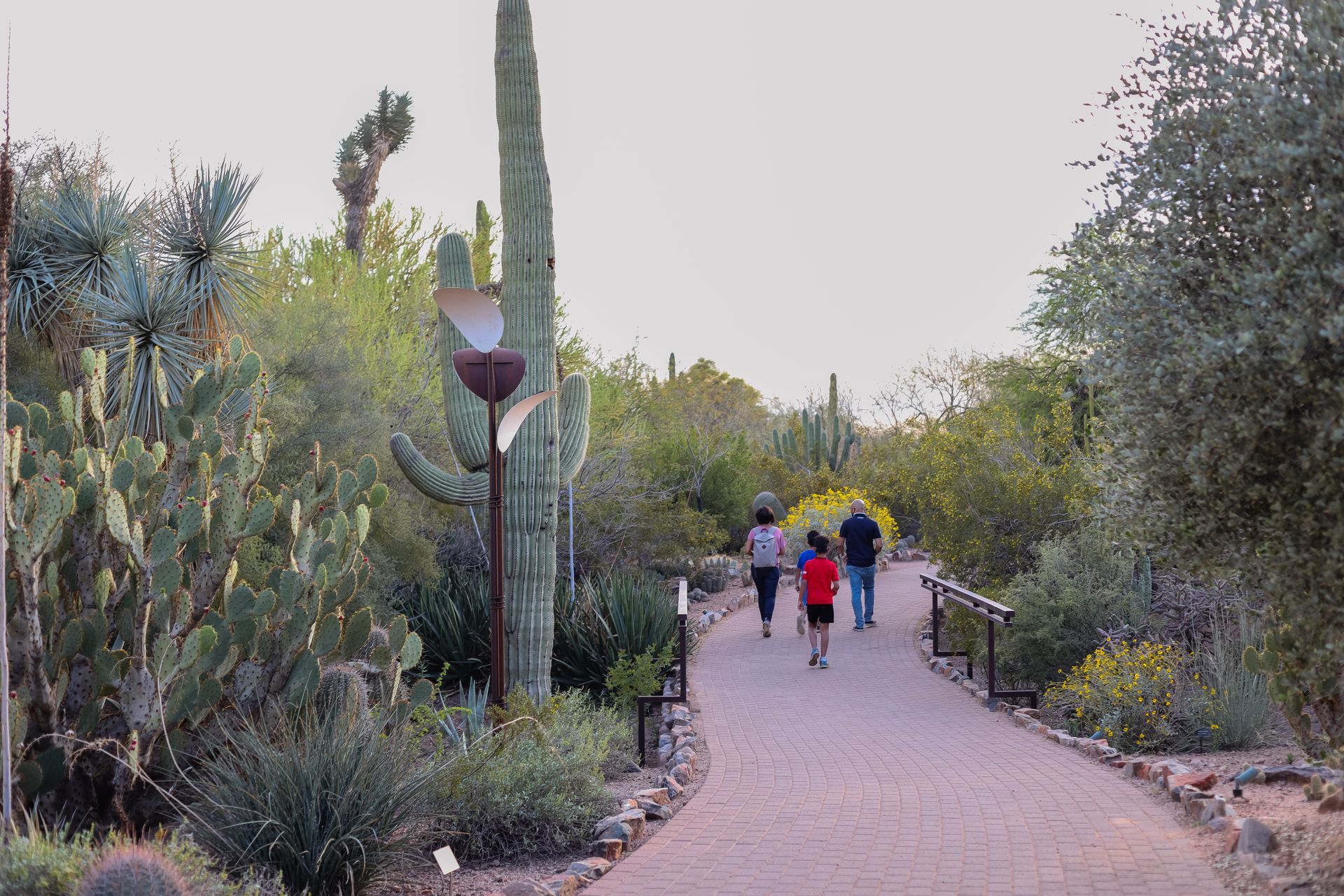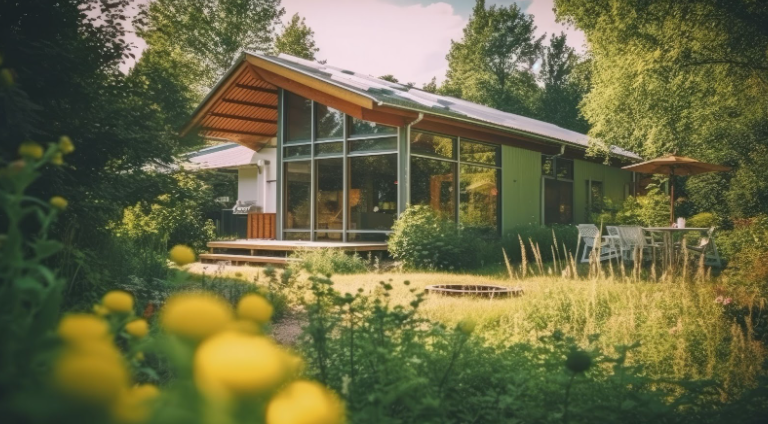Sustainable Landscaping in Arizona's Desert Climate
Understanding the unique climate of Arizona is crucial for anyone looking to create a sustainable landscape. The state is known for its desert climate, characterized by extreme temperature ranges and low precipitation levels. Summers can be scorching, with temperatures often exceeding 100 degrees Fahrenheit, while winters are mild and pleasant. Rainfall is sparse, which presents both challenges and opportunities for landscaping. The arid environment demands water-efficient solutions, but it also offers the opportunity to design landscapes that thrive in dry conditions.
Arizona's geography greatly influences plant selection and landscape design. The diverse terrain, ranging from lowland deserts to high plateaus, requires an understanding of local microclimates. This knowledge helps in choosing plants that are not only drought-tolerant but also suited to specific areas. For instance, the Sonoran Desert's unique flora, such as saguaro cacti and palo verde trees, can serve as inspiration for sustainable landscaping.
The Importance of Drought-Tolerant Landscaping
Drought-tolerant landscaping is essential in Arizona due to its arid climate. This approach focuses on using plants that require minimal water, thereby conserving a precious resource. The environmental benefits are significant, as it reduces water consumption and helps maintain the local ecosystem. Economically, it leads to lower water bills and reduced maintenance costs, making it a cost-effective choice for homeowners.
Drought-tolerant landscaping is a cornerstone of sustainable living. It aligns with eco-friendly practices by minimizing resource use and promoting biodiversity. By incorporating native plants and efficient irrigation systems, homeowners can create beautiful landscapes that contribute to environmental conservation.
Introduction to Xeriscaping
Xeriscaping is a landscaping method that is particularly relevant for Arizona homes. It emphasizes water conservation through careful planning and plant selection. The seven principles of xeriscaping include planning and design, soil improvement, efficient irrigation, appropriate plant selection, mulching, and maintaining the landscape.
Successful xeriscaping projects can be found in cities like Phoenix, Scottsdale, and Cave Creek. These projects showcase how xeriscaping can create visually appealing landscapes that are both functional and sustainable. By following the principles of xeriscaping, homeowners can achieve a balance between aesthetics and environmental responsibility.
Selecting Drought-Tolerant Plants
Choosing the right plants is crucial for a successful drought-tolerant landscape. Popular options for Arizona's climate include agave, yucca, and desert marigold. These plants are well-suited to the local environment and require minimal water.
Native plants offer additional benefits due to their adaptability to local conditions. They are resilient to the harsh climate and often provide habitat for local wildlife.
When selecting plants, consider both aesthetic preferences and environmental needs. Opt for a variety of textures and colors to create an appealing landscape that thrives with minimal water.
Water-Saving Techniques for Landscaping
Implementing
water-saving techniques is vital for maintaining a sustainable landscape in Arizona. Drip irrigation is a popular method that delivers water directly to the plant's roots, minimizing evaporation. Rainwater harvesting is another effective technique, capturing rainwater for later use.
Using mulch and soil amendments can help retain moisture and improve plant health. These materials reduce evaporation and keep the soil cool, promoting healthy plant growth. Efficient watering schedules and practices, such as watering early in the morning or late in the evening, can further conserve water. Innovative technologies, like smart irrigation systems, offer advanced solutions for water conservation.
Enhancing Curb Appeal with Eco-Friendly Designs
Creating an attractive landscape that adheres to eco-friendly principles is achievable with thoughtful design. Incorporating hardscaping elements, such as stone pathways and gravel beds, can complement plantings and reduce water use. These elements add structure and visual interest to the landscape.
Outdoor living spaces can be designed to blend with the natural environment, offering a seamless transition between indoor and outdoor areas. Examples from local homeowners demonstrate how sustainable practices can enhance curb appeal while respecting the environment.
Community and Cultural Considerations
Landscaping in Arizona is not just about aesthetics; it also involves cultural and community considerations. Certain plants and styles hold cultural significance in local communities, reflecting the region's rich heritage. Community guidelines and local ordinances can impact landscape design choices, emphasizing the importance of sustainable practices.
Community resources, such as workshops and local gardening clubs, support sustainable landscaping efforts. These organizations offer education and assistance to homeowners looking to create eco-friendly landscapes. Community involvement is crucial for promoting sustainable practices and preserving Arizona's natural beauty.
Sustainable landscaping plays a significant role in enhancing the quality of life for Arizona residents. By adopting eco-friendly practices, homeowners can contribute to environmental conservation while enjoying beautiful, functional landscapes.











